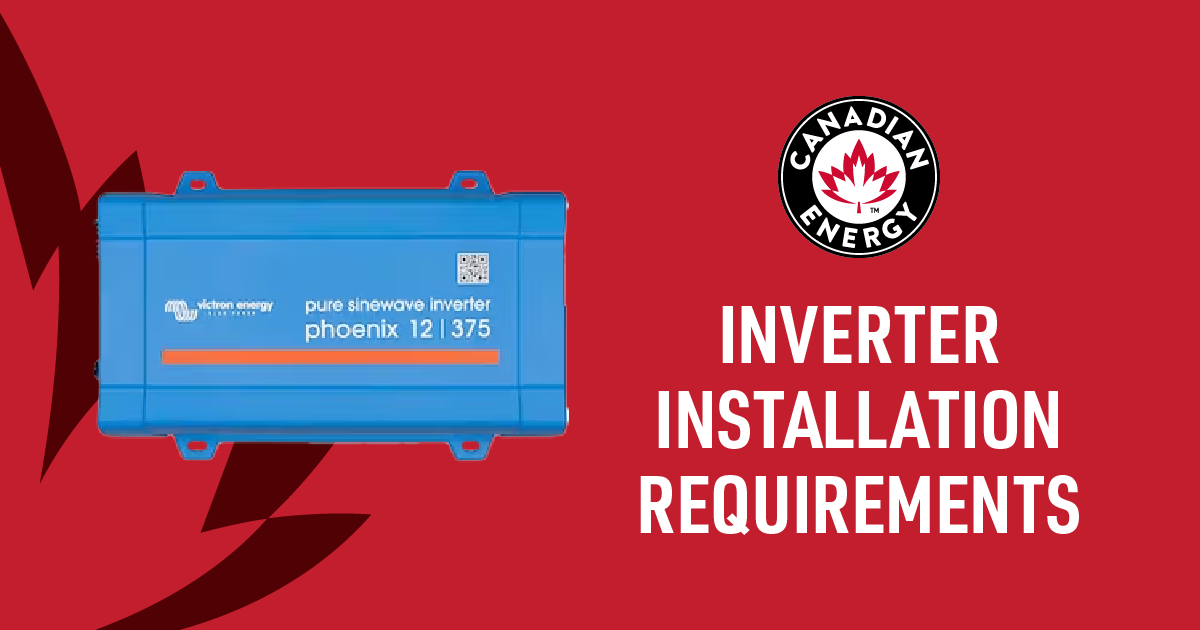Inverter Installation Requirements

We're getting a lot of inquiries these days on inverter installation. What are some of the things that we need to take into consideration when installing an inverter? Well, one of the most important things is we need to size the proper sized cable. First thing I'd recommend doing is checking the manual to see what size cable they recommend for your inverter. So if there is no manual or they don't have a recommendation, and usually they should, you need to check a wiring chart. So we need to have the proper sized cable that's going to handle the maximum amp draw of that inverter.We want to keep the cables as short as possible so ideally, you know, if we need three feet of cable we want to measure that out exactly to three feet in length.Another important consideration when we're installing an inverter is fusing. So every inverter system should have a fuse in between the inverter and the battery. The fuses should be installed as close to the battery bank as possible. Some fuses we can actually install right on the battery bank or on the battery terminal. So why is that? Well, we're not protecting, necessarily, the inverter, we're protecting the cabling, so if there's any type of thermal event.The other thing that's good to have in a system would be a breaker. Now, this isn't, you know, a must like a T class fuse or an MG fuse. However, it's good to have depending on your system where you can cut the power from the batteries to the inverter. AC cabling and AC wiring is another thing that often gets brought up, and this really depends on the inverter itself. So is the inverter designed for hard wiring? If it's not designed for hard wiring, i.e. there's only an AC receptacle or a GFCI plug on the front of the inverter, then hard wiring isn't an issue or isn't an option. And again, this is going to be inverter specific.
